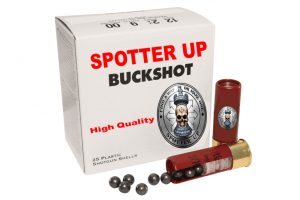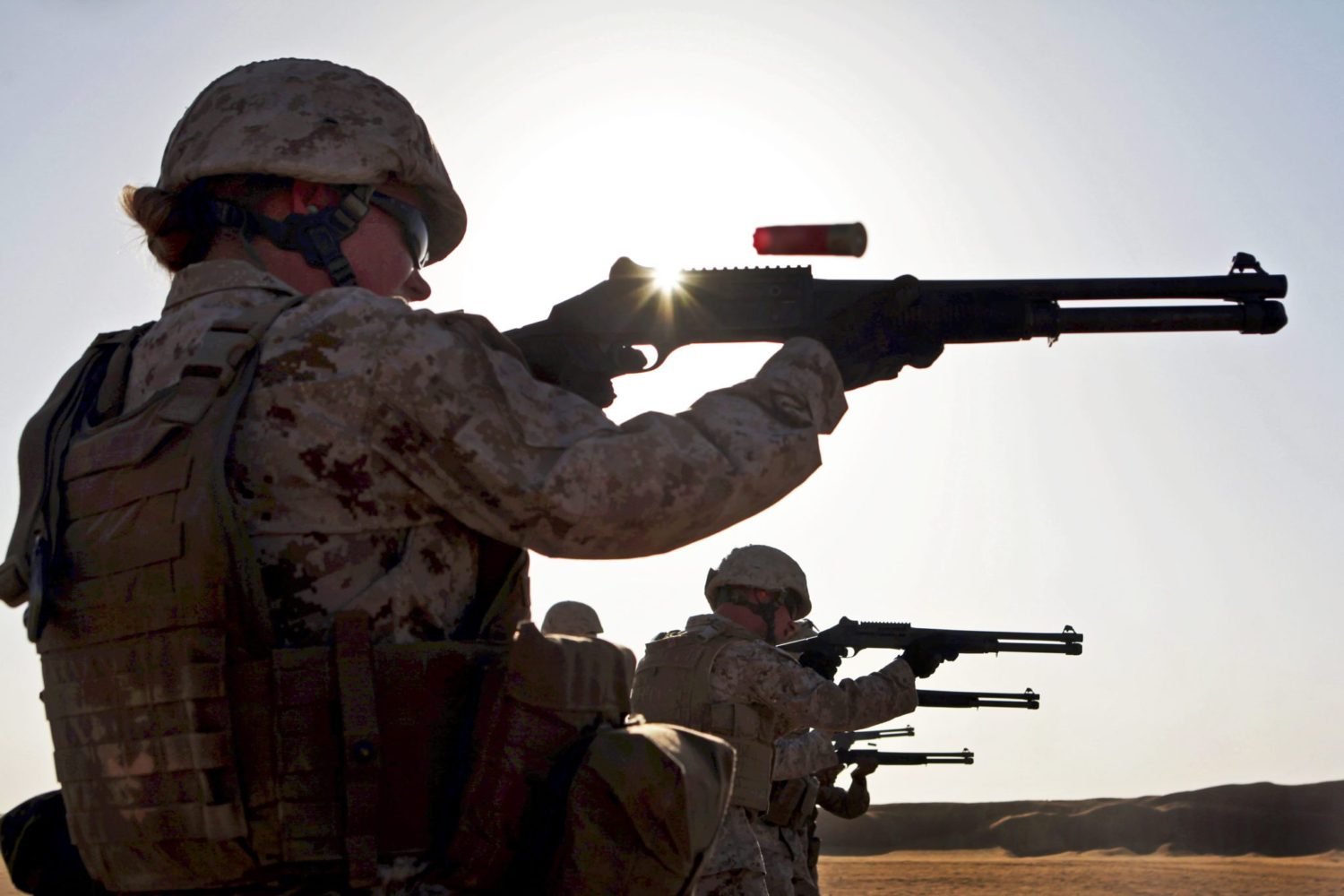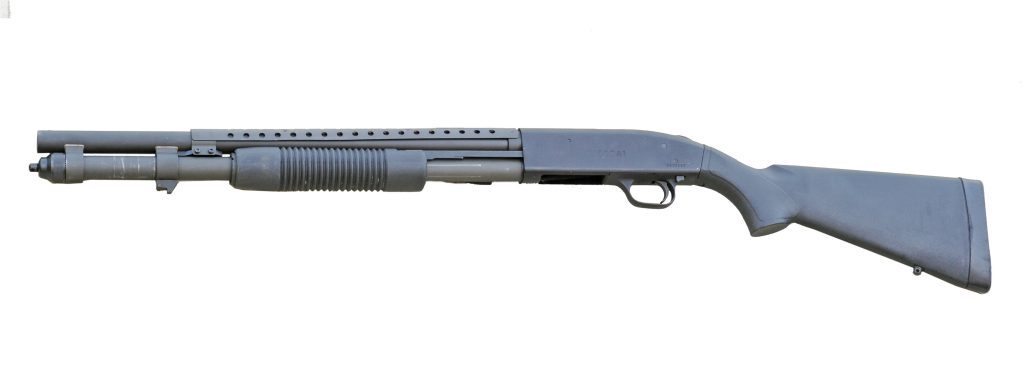Since 1961, O.F. Mossberg & Sons, Inc. has enjoyed exemplary sales totaling in excess of 10,000,000 units of their Model 500 Pump Action Shotgun. Remington has enjoyed the same longevity with their Model 870. Prior to that, Winchester came out with their Model 97 which quickly set the standard of excellence and reliability. Pump action shotguns were the next step after the legendary double barrel shotgun.The difference being the pump action shotguns increased on-board ammunition accessibility and the ability to fire 5-6 rounds of ammunition before having to reload. All of this made possible through the engineering of John Moses Browning. A name which has been integral and pivotal in the firearms community.
- Execute tactical reloads.
- Learn proper use of cover and concealment
- Multi-target decision shooting – Learning ‘Rainbow Technique’
- Learn and understand the characteristics of 00 Buckshot at realistic defensive ranges encountered both on the street and within structures
- Move and shoot – Stressfire Turret Stance
- Refine and develop proper stance and trigger control. Use of slugs to lock in hold/center positioning
- Shoot ‘Confidence Course’ which will be fired behind barricade and steel speed-plates and then finish with steel silhouettes at both 35 yards and 50 yards.
All targets not withstanding the Barricade Speed Shooting Multiple Targets on both steel plates and metallic silhouettes will be NRA B27 Standard Police Silhouette Targets.
Tactical Buckshot Patterning and Multiple Targets
The use of 00 Buckshot is common among law enforcement, military and also civilian home defense use. The common misconception shared by all of the above is the spread of the pellets at varied ranges. It is assumed by many that either the pattern will open up quickly at short ranges or that it will hold together at longer ranges up to and including 50 yards. This amounts to speculation on the part of the instructors involved and the user who has to depend on the information and training provided to them.

- Evaluation and confirmation of 00 Buckshot spread and patterning at ranges from 15′ – 50 yards. User will immediately see the importance of centering the round in the K5 zone of the silhouette in order to avoid the probability of peripheral (less than lethal) hits. Shooters should be taught to keep records of the shotgun used, barrel length, sighting system and brand of ammunition and any trade names such as ‘Remington Express’ as well as the number of pellets per load as there are those which contain 12 (twelve) pellets as opposed to 9 (nine) which is most common. They will also include visibility, wind direction, approximate speed and lighting. These are all characteristics that will affect shot placement, spread and the shooter own ability to get on target while muzzle is moving. Further, if it happens that the officer is forced to use the shotgun in a deadly force situation, they will be able to submit their participation in a course in addition to the involved training which shall provide documented proof of their focus on detail and motivation to protect the general public.
- Tactical reloads. The shooter should be provided with 10 (ten) rounds of 00 Buckshot for the phase of a course. Typically, law enforcement shotguns are pump action and will hold between 4-5 rounds in the magazine tube plus one round in the chamber. Certain semi-auto shotguns used for law enforcement including the Mossberg 930, Remington 1100 or Benelli may allow up to 9 (nine) rounds though these are the exceptions.
Picture courtesy of Defense.gov*The views and opinions expressed on this website are solely those of the original authors and contributors. These views and opinions do not necessarily represent those of Spotter Up Magazine, the administrative staff, and/or any/all contributors to this site.срочный займ на карту без отказа




